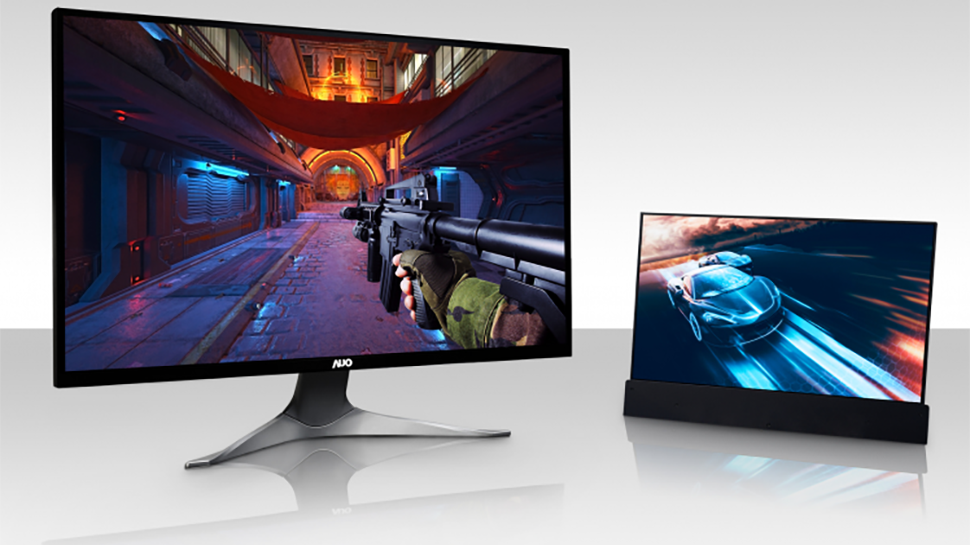In recent weeks, all leading PC makers have complained about the tight supply of LCD panels due to shortages of components and complicated logistics. As it turns out, the situation might get worse in the coming weeks and months due to an earthquake in Taiwan and a power outage in Japan, eventually resulting in higher prices at retail.
Some LCD Panel Production Lost at AUO
Last week an earthquake struck Taiwan. This isn’t an extraordinary event for the country, but it does have repercussions. AU Optronics (AUO), one of the leading makers of LCD panels, said this week that some of its production lines had been impacted by the quake, and it had taken it “at least a few hours” to clean up and repair them before resuming operations. Some of the output was lost because of the disaster, reports DigiTimes, citing Paul Peng, the chairman of AU Optronics.
Mr. Peng did not quantify the company’s losses, but AUO makes hundreds of thousands of LCD panels every day, so the earthquake will clearly impact the supply of display panels. Back in November, AUO produced 10.81 million large-sized panels for LCD TVs, desktops, and notebooks as well as 9.35 million small-and-medium-sized panels. AUO says it has now resumed normal operations.
It is noteworthy that foundries and memory makers immediately suspended operations when the earthquake started, then quickly resumed after it ended. According to TrendForce, semiconductor companies have not reported substantial damage to their fab buildings and production tools.
Power Outage in Japan Disrupts Supply of Glass Substrates
On November 10, a power outage in Takatsuki, Japan, disrupted operations at Nippon Electric Glass’s Shiga-Takatsuki plant that manufactures glass substrates for flat-panel displays. The outage lasted for five hours and damaged some of NEG’s production equipment, the company revealed in its statement.
NEG owns about 10% of the world’s glass substrate manufacturing capacity and supplies glass substrates for LCD panels to numerous panel makers, according to the chairman of AUO. Consequently, NEG’s production problems will impact the whole market as customers that buy from NEG will have to source components from other suppliers.
While NEG said it did not expect any major damages to its production equipment, Paul Peng pointed out that it might take at least three to four months for NEG to resume normal operations, which means that its supplies will be constrained until late Q1 or early Q2 2021. NEG has yet to confirm this information.
Nippon Electric Glass is not the primary supplier of glass substrates to AUO and Innolux, so they will not be severely affected by NEG’s potential supply disruptions. Meanwhile, NEG is a close partner of LG Display (the two companies even run a joint venture together), so the South Korean company may be affected more significantly.
LCD Panels: Things Get More Complicated
Previously PC makers complained about shortages of components like T-con boards and driver ICs, which drove display costs up. With extra disruptions in shipments of panels and glass substrates, the situation will only get worse and the supply chain will become even more convoluted.
The chairman of AU Optronics did not reveal his expectations concerning prices of LCD panels and displays in the coming months. Still, it is evident that shortages usually lead to price hikes. The only question is how significant the hikes will be.
